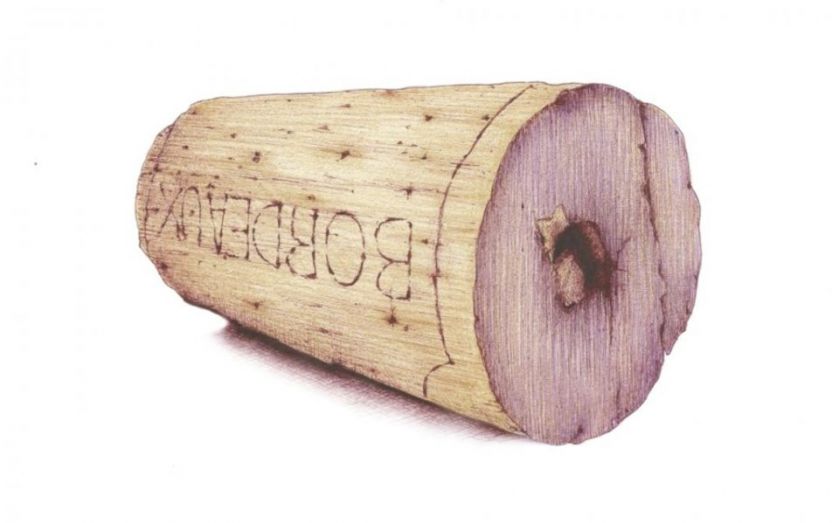The Bottle Opener: Winemaking in the middle east

Among the many wonderful things about wine are the extraordinary people who make it. Part artist, part scientist, they are always passionate, hopefully commercially minded, and never dull. Of all of them, Serge Hochar of Lebanon’s Chateau Musar was one of the most magnificent. It was his passion that created one of the world’s finest wines, in a war zone. I was struck with sadness when I learned that he died in a swimming accident at the start of the year, a sadness that stemmed partly from the realisation I will never get to hear his legendary one-liners or swift putdowns. Given that I was enduring my customary dry January, I couldn’t even raise a glass to his passing (a failing that has since been rectified thanks to my friend Anissa Helou, the Middle Eastern chef and cookery writer, who kindly sent me a bottle of 2003 Chateau Musar to cheer me up).
It is hard to know where to start with this incredible wine. In a world populated with safe Shiraz and predictable Pinot Noir, it’s a wild and dangerous thing, from the moment the vines blossom until the finished product reaches your glass. Lebanon is a calmer, more peaceful place now than it was 20 years ago, in spite of the murderous chaos in Syria a few miles away. But many of Musar’s older vintages were harvested under the glint of Syrian guns, or the grapes were driven miles around conflict zones just to reach the winery.
In his lifetime Hochar achieved the impossible. Not only did he grow vines in the Bekaa Valley in Lebanon in the midst of decades of civil war; through a process of trial and error he managed to create something truly special, a wine like no other.
Winemaking in Lebanon is nothing new, of course. It has a history dating back around 9,000 years and man’s long love affair with the grape started close to the Lebanese hills. But it’s safe to say the recent millennia have not been kind to the local wine industry, at least until Hochar’s father Gaston decided to give it a go back in the 1930s. Hochar senior started making wine for the French troops stationed in Lebanon in the 1930s. It was his son’s training in Bordeaux, however, that fired him up to create something special. It would have been easy to copy the style of an old world wine – a nice Cabernet/Merlot blend, perhaps, or a Syrah. But no, Hochar wanted to create something different; it took him until the 1970s before he declared he had found his “recipe”.
His creation combines elegant Cabernet Sauvignon, with more robust Southern Cinsault and Carignan grapes that give the wine a dark, brooding body and an exotic, spicy aroma. This is a fine wine, but one that is also proud of its Oriental origins. Purists denounce it as too acidic or unpredictable. All I can say is whenever I’ve served it, it has met with rave reviews, which turn to astonishment when I tell them where it is from. I even served it at my wife’s 50th birthday party.
I’m pleased to say it was British wine drinkers that propelled Chateau Musar onto the world stage. He was discovered by that great oenophile Michael Broadbent in the early 80s. Hochar was Decanter magazine’s man of the year in 1984 and from then on Musar became a regular fixture on the smarter wine lists, and even the shelves at Waitrose. Today it remains one of the wine world’s great bargains at around £22 a bottle for the 2007 vintage. Lay & Wheeler is selling a half case of the six vintages from 1996 to 2001 for £206.
Fortunately Chateau Musar’s remarkable story will be continued by Serge Hochar’s sons. For me, their continued success is a beacon of light in a very dark part of the world. Long may it continue to shine.